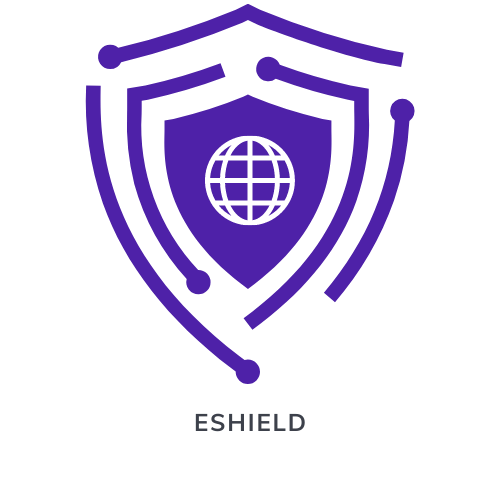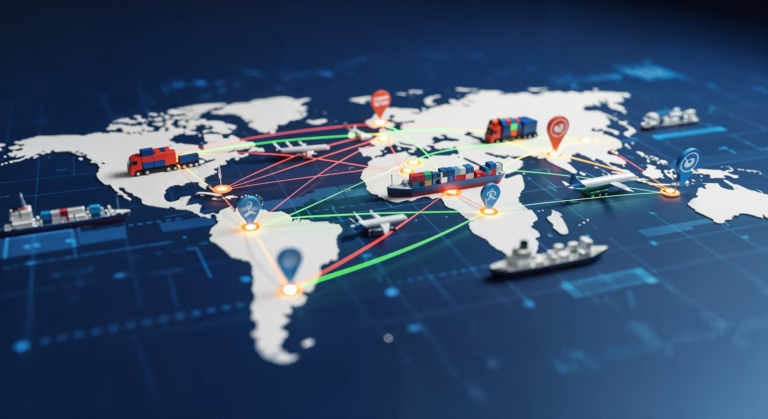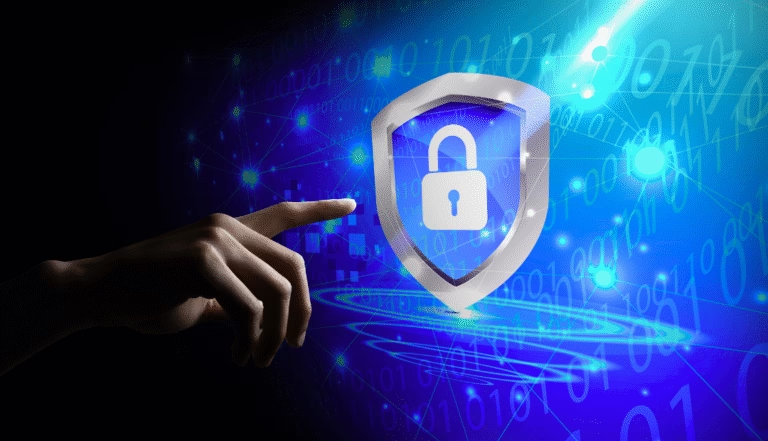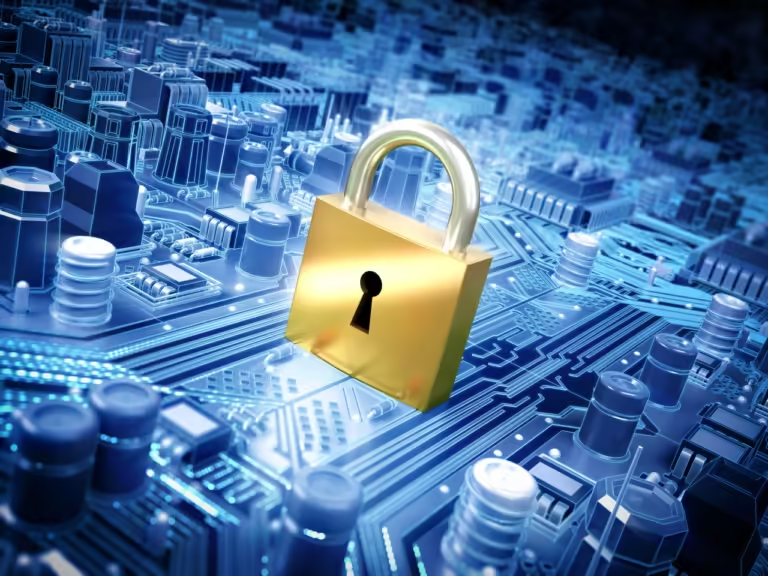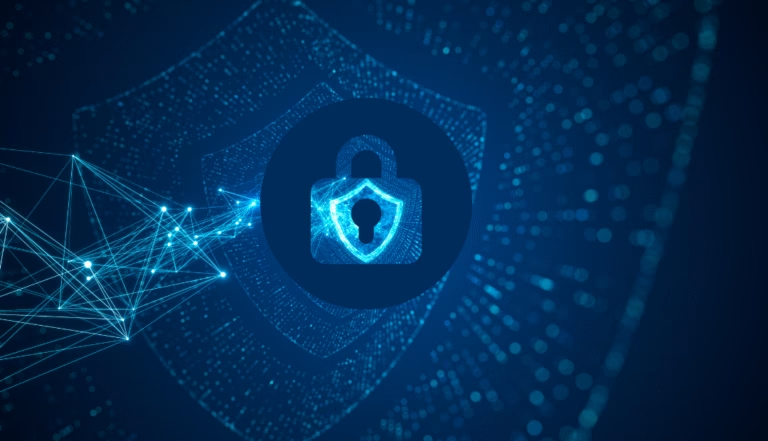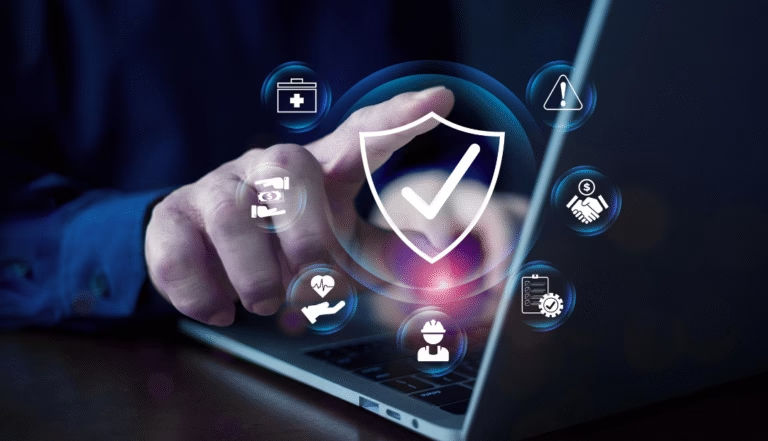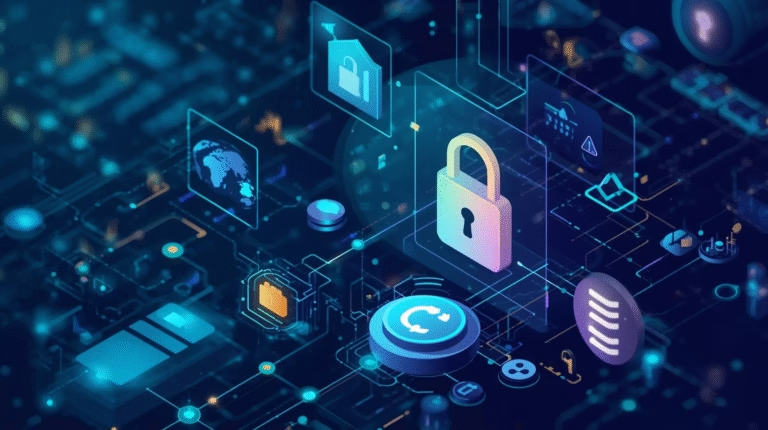Table of Contents
Pages
- About Us
- Vulnerability Assesment & Penetration Testing
- UAE Data Privacy
- KSA PDPL implementation and Fines
- Continuous Monitoring in Cybersecurity | Cyber Security Monitorring
- Empower Your Business with VCISO Services
- Soc Services
- Cyber Technology
- Security Assessments
- Audit and Compliance
- service
- India
- Cyber Security Framework SAMA
- Training & Skill Development
- Australia
- NESA Audit
- SOC2 Audit
- UAE
- Qatar
- Saudi Arabia
- Geographies
- Privacy Policy
- Penetration Testing
- Managed SOC Services
- Threat Hunting
- Dubai Computer Forensics
- Malware Analysis
- Cloud Security
- Incident Handling And Monitoring Services
- Red Team Assessments
- Mobile Application Audits
- Data Privacy
- ISO 27001
- Cyber Security Expert
- Vulnerability Assessment
- Application Security Auditing
- PCI DSS Compliance
- Privacy Policy-old
- Contact
- Blog
- Home
Categories
- What is Cyber Security?
- Web Application Security Auditing
- Web Application Security
- Web Application Firewall
- Web Apllications Security
- wapt
- Vulnerability Testing and Penetration Testing
- Vulnerability Scanning
- vulnerability assessment and penetration testing
- vapt
- Useful
- Uncategorized
- UAE Cyber Security Company
- top cyber security companies in the UAE
- Top 10 GRC Tools
- SOC UAE
- SOC 2 Certification Cost
- Security
- Red Teaming Services
- Red teaming
- Privacy
- Pentest
- Penetration Testing
- PCI DSS Stands for
- PCI DSS Purpose
- PCI DSS Compliance
- PCI DSS
- News
- new tech
- Most Popular SIEM Tools
- Managed Security Services Provider
- ISO 27001 Consultants in UAE
- ISO 27001 Compliance in the UAE
- General
- cybersecurity regulation
- Cybersecurity
- cyber sercurity firm
- Cyber Security UAE
- Cyber Security Specialist
- Cyber Security Services
- Cyber Security Near Me
- cyber security master
- Cyber Security Jobs in Dubai
- Cyber Security GRC
- Cyber Security Expert
- cyber security course
- Cyber Security Consultant
- Cyber Security Company in Dubai
- Cyber Security Company Dubai
- Cyber Security Company
- Cyber Security Companies
- Cyber Security Basic
- Cyber Security Awareness
- Cyber Security
- Compliance
- Application Penetration Testing
- AI-Powered Cybersecurity
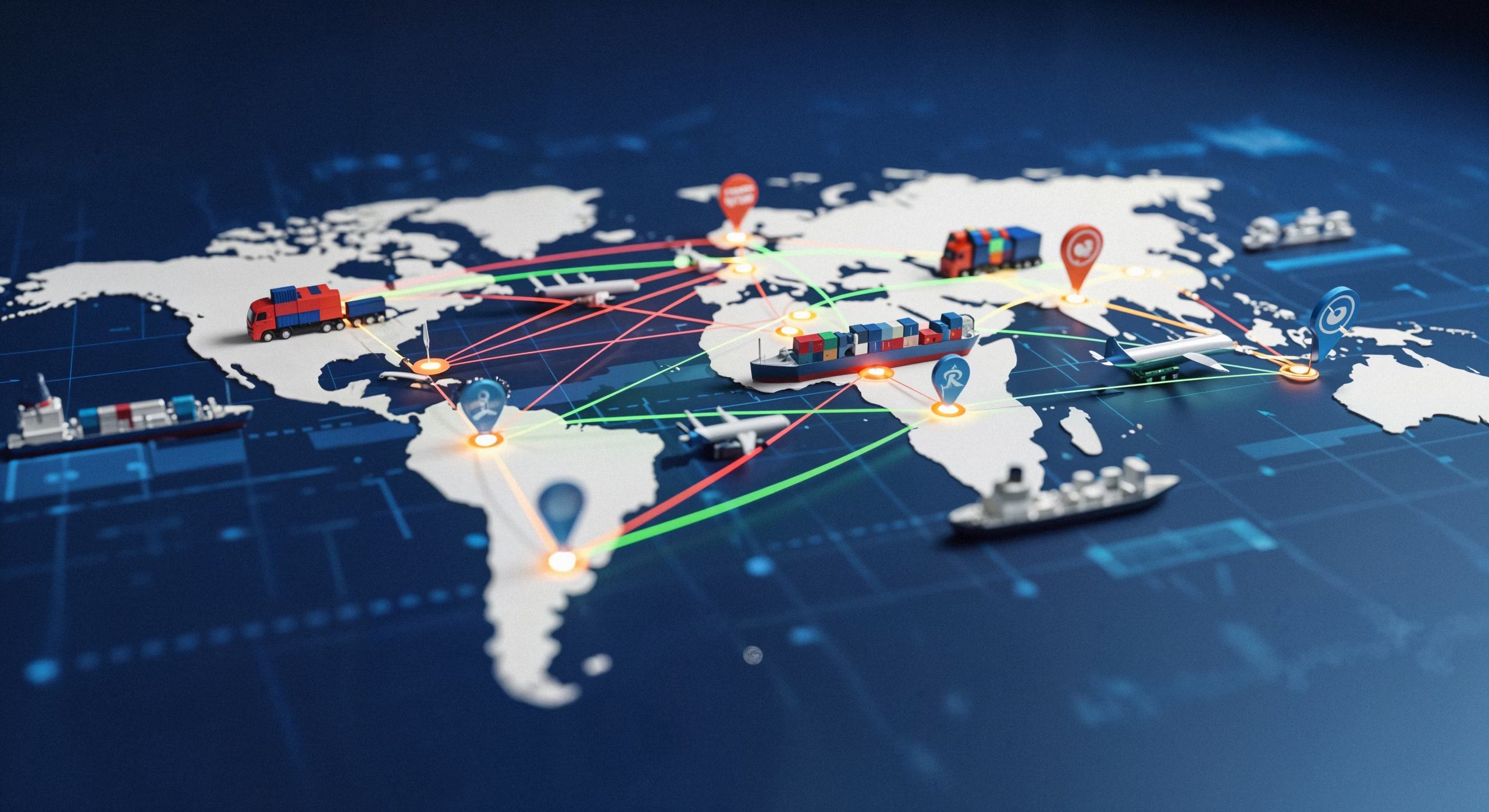
Inside Supply Chain Attacks: How Compromised Dependencies and Updates Break Trusted Systems
Inside Supply Chain Attacks: How Compromised Dependencies and Updates Break Trusted Systems
Introduction Modern software is no longer built from scratch. Instead, developers assemble applications using open-source libraries, third-party services, cloud platforms, and automated update mechanisms. This approach speeds up innovation and
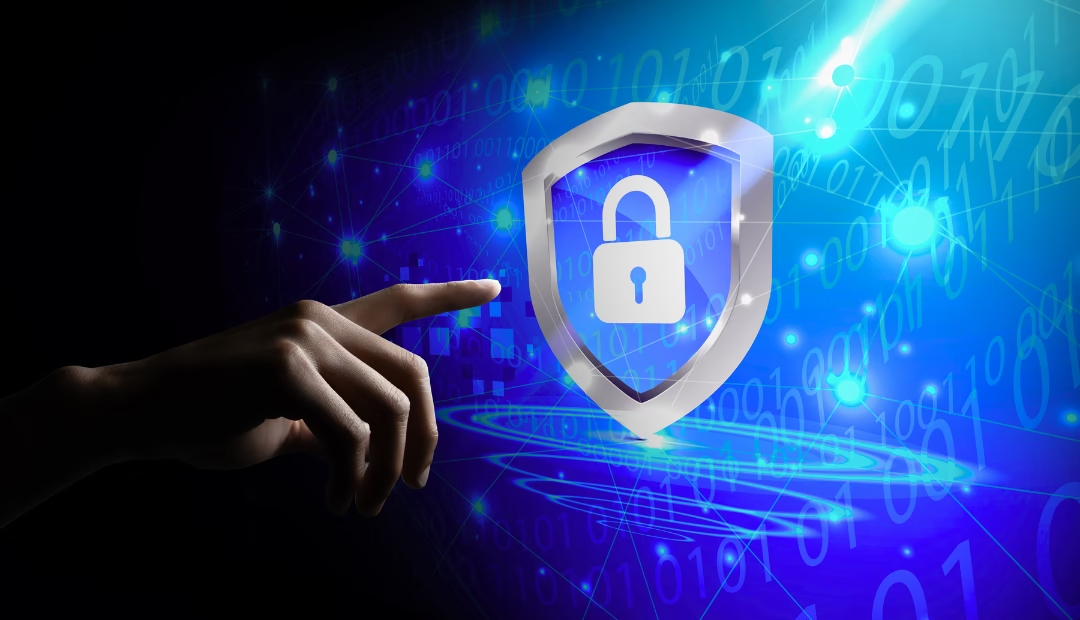
Become a Cyber Security Master | Advance Your Career
Become a Cyber Security Master | Advance Your Career
Eshield IT Services helps students in the United Arab Emirates map a clear path from study to work. We guide your choice of degree and show how to turn education

Elevate Your Defenses with Our Professional Red Teaming
Elevate Your Defenses with Our Professional Red Teaming
Modern organizations face a constant barrage of sophisticated digital threats. Protecting sensitive data and ensuring business continuity requires a proactive security stance. Traditional measures are often reactive, leaving critical gaps
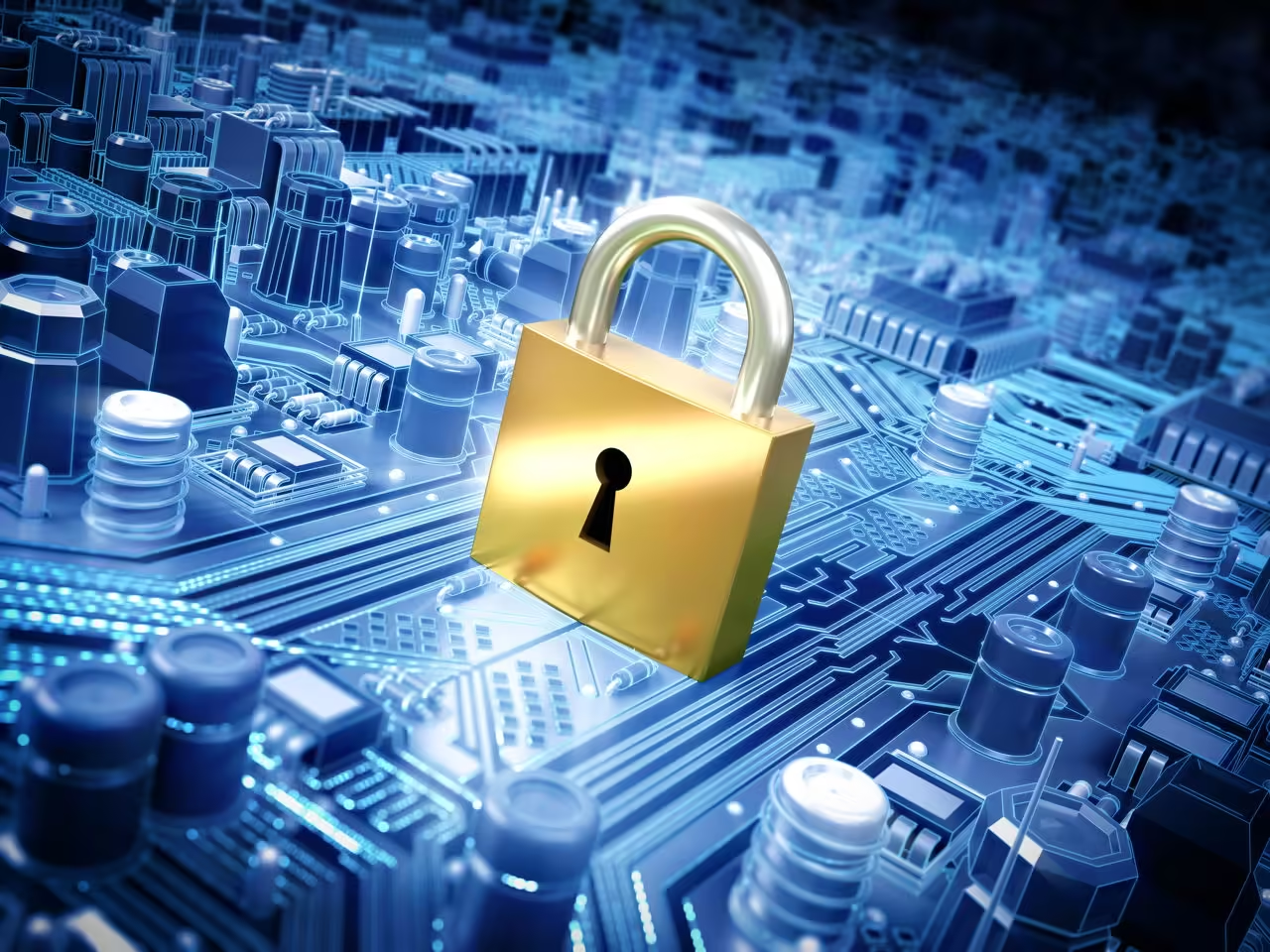
Credential Stuffing Attacks Explained: How Attackers Exploit Leaked Passwords at Scale
Credential Stuffing Attacks Explained: How Attackers Exploit Leaked Passwords at Scale
Introduction Every day, millions of usernames and passwords circulate quietly on the internet. Most of them come from past data breaches that users have already forgotten about. However, attackers never
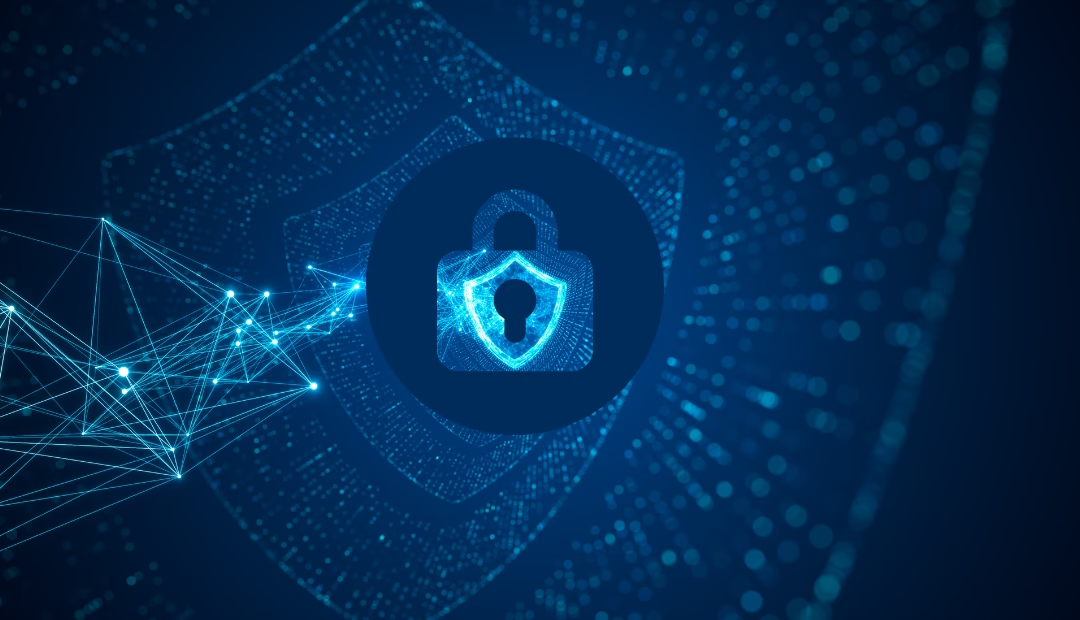
How AI-Powered Scams Are Changing Digital Trust in Modern Cities Like Dubai
How AI-Powered Scams Are Changing Digital Trust in Modern Cities Like Dubai
Introduction Digital trust has become the foundation of modern cities. From online banking and smart government services to ride-hailing apps and digital payments, people rely on technology every day without
Security Service Edge (SSE) plays a crucial role in enhancing cybersecurity measures by providing a secure service edge for network and data protection. The concept of SSE revolves around the idea of integrating security functions directly at the network edge, ensuring a proactive approach to cyber defense.
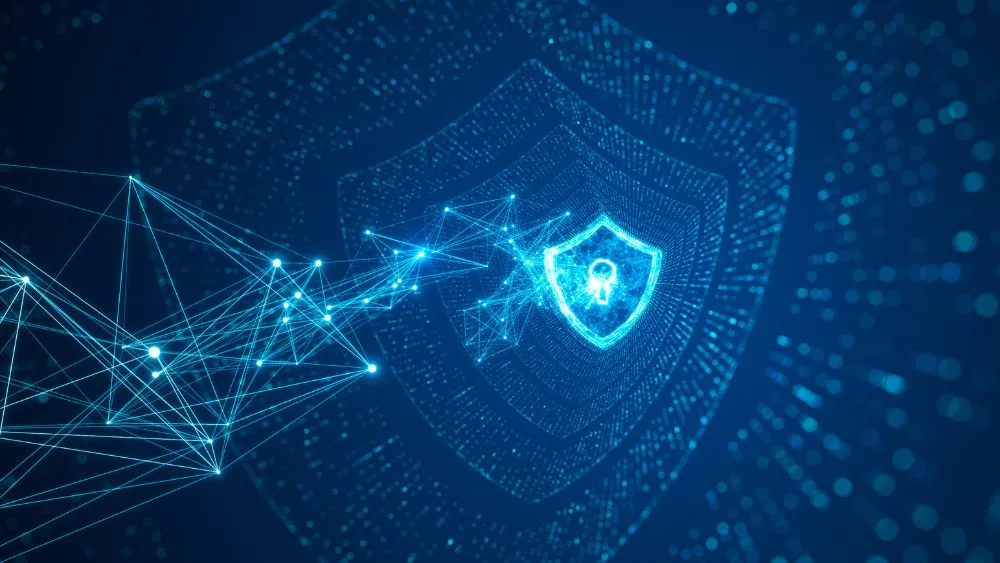
Importance of SSE in Network Security
Implementing SSE in network security is vital to bolster security controls and mitigate cyber threats effectively. By enabling secure network access and enhancing security posture, SSE ensures a robust defense mechanism against evolving cyber risks.
Key Components of SSE
The key components of SSE include cloud-based security tools, security services, and secure access capabilities that collectively strengthen the overall security infrastructure. SSE integrates seamlessly with security frameworks to provide comprehensive protection.

Comparison Between SSE and Traditional Network Security
Differences in Approach
SSE differs from traditional network security by focusing on a secure service edge approach that emphasizes proactive security measures at the network edge. Traditional security, on the other hand, may rely more on centralized security controls.
Advantages of SSE Over Traditional Security
Advantages of SSE over traditional security include better alignment with cloud services, improved security monitoring, and enhanced security functions that cater to modern cybersecurity challenges effectively.
Migration Challenges from Traditional Security to SSE
Transitioning from traditional security to SSE may pose challenges such as aligning security policies, ensuring seamless integration of security controls, and addressing compatibility issues with existing security tools.
Benefits of Implementing SSE in Cloud Security
Enhancing Security Posture in Cloud Environments
SSE plays a pivotal role in enhancing security posture in cloud environments by providing secure network access, robust data protection mechanisms, and efficient security monitoring tools tailored for cloud-based operations.
Securing Access to Cloud Resources with SSE
By implementing SSE, organizations can secure access to cloud resources through advanced authentication mechanisms, data encryption protocols, and secure network channels that safeguard critical data from unauthorized access.
Addressing Security Challenges in Cloud Environments
SSE addresses security challenges in cloud environments by offering scalable security solutions, seamless integration with cloud services, and enhanced visibility into network and security incidents for proactive threat mitigation.
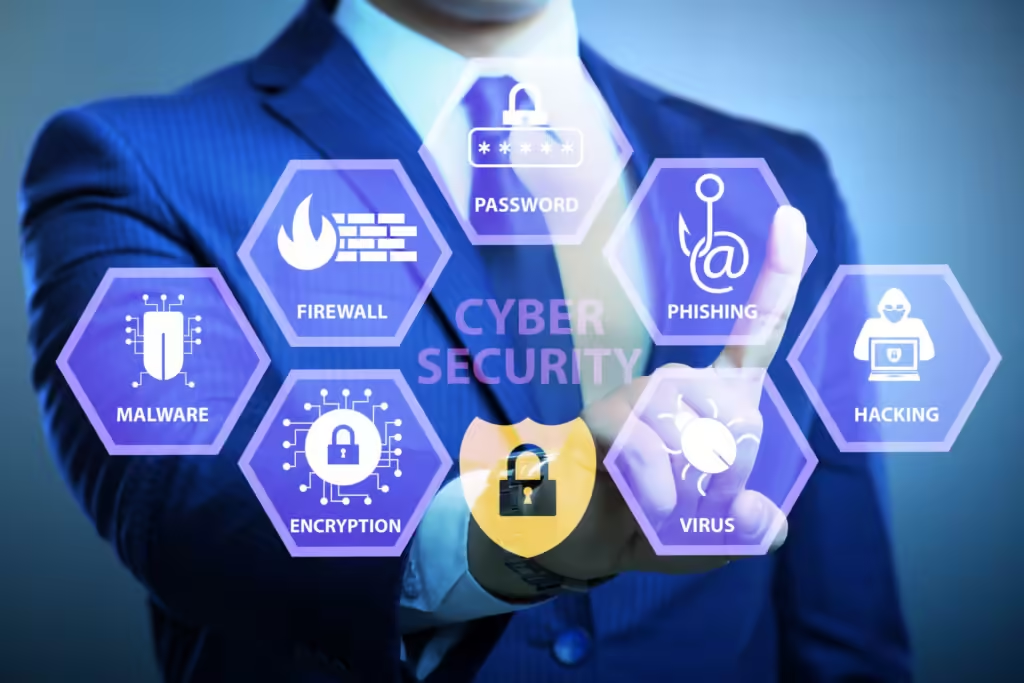
Zero Trust Strategy and SSE: Strengthening Cybersecurity Posture
Integration of SSE with Zero Trust Framework
The integration of SSE with the Zero Trust framework reinforces cybersecurity posture by implementing stringent access controls, continuous security assessments, and zero trust network access principles that ensure secure network communication.
Enhancing User Access Controls through SSE
SSE enhances user access controls by providing granular security policies, role-based access permissions, and multi-factor authentication mechanisms that strengthen user authentication processes and prevent unauthorized network access.
Mitigating Cyber Threats with Zero Trust and SSE
By combining Zero Trust principles with SSE solutions, organizations can effectively mitigate cyber threats, prevent data breaches, and enhance overall cybersecurity resilience through proactive threat detection and response mechanisms.

Use Cases and Practical Applications of SSE
Implementing SSE for Secure Web Gateway Solutions
Organizations can deploy SSE for secure web gateway solutions to ensure secure web browsing, protect against malicious content, and enforce security policies that govern web access within the network infrastructure.
Role of SSE in Secure Access Service Edge (SASE)
SSE plays a crucial role in Secure Access Service Edge (SASE) by providing security functions at the network edge, enabling secure remote access to applications, and ensuring data protection in cloud-based environments.
Real-world Examples Showcasing SSE Solutions in Action
Real-world examples demonstrate how organizations leverage SSE solutions to fortify cybersecurity measures, improve network performance, and secure sensitive data across a variety of industries, showcasing the practical applications of SSE in action.

Maximizing the Benefits of SSE in Cybersecurity Strategy
Improving Security Posture with SSE
Implementing SSE in cybersecurity strategy enhances security posture by providing comprehensive security services, robust security controls, and proactive threat detection capabilities that fortify the overall cyber defense framework.
Advantages of SSE in Enhancing Network and Data Security
Advantages of SSE in network and data security encompass improved threat visibility, enhanced data encryption protocols, and efficient security monitoring tools that safeguard critical data assets and network communication channels effectively.
Optimizing Security Services and Solutions with SSE
SSE optimizes security services and solutions by streamlining security functions, integrating security tools seamlessly, and aligning security measures with organizational objectives to create a robust cybersecurity framework that addresses evolving cyber risks.
